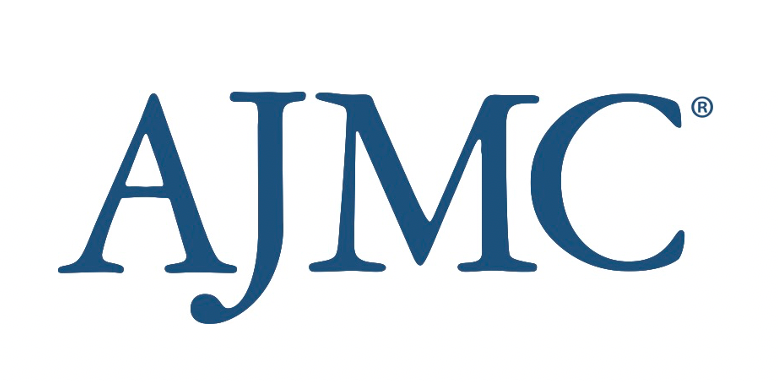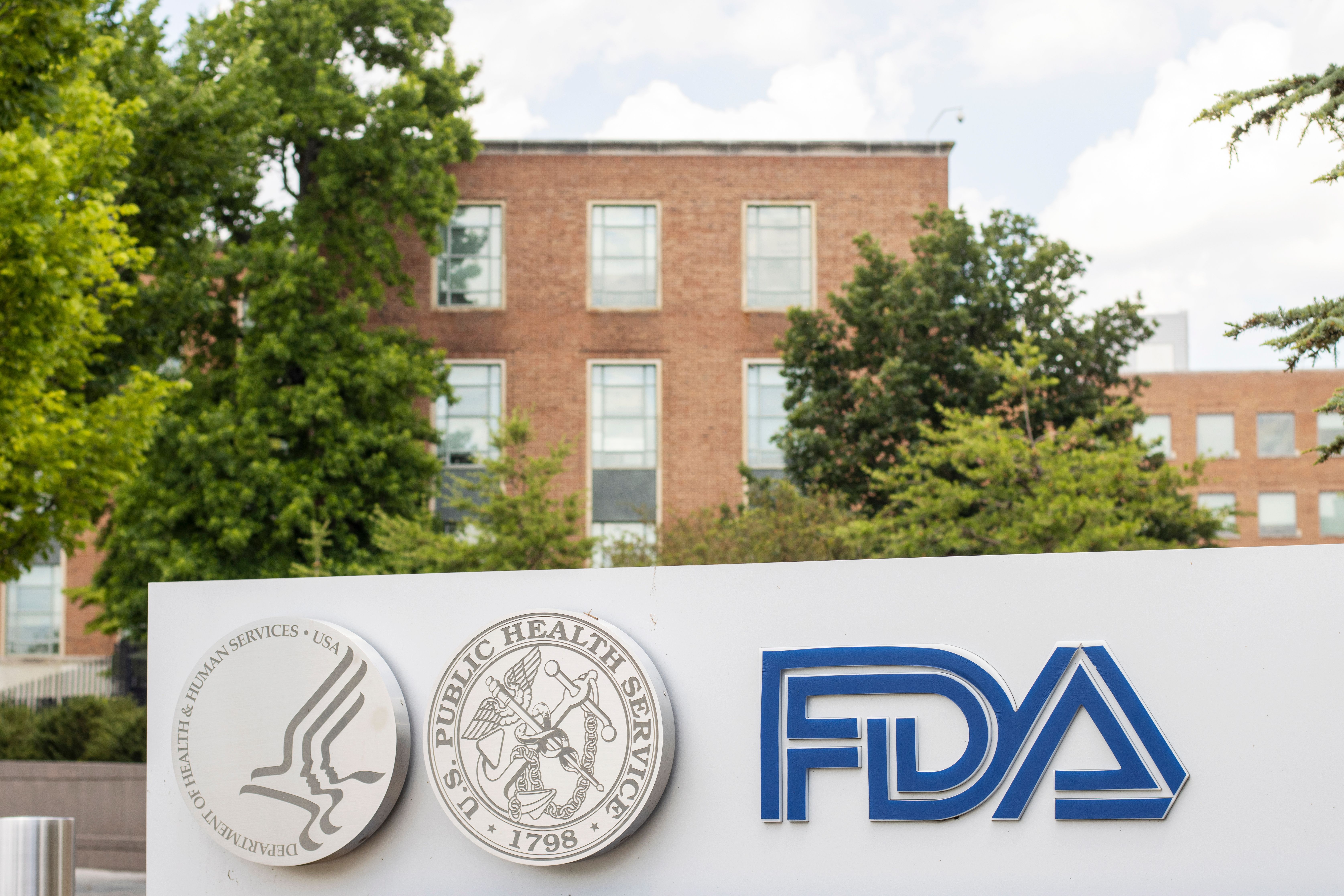News
Article
New AGA Guidelines Recommend Risk-Based Prophylaxis for Hepatitis B Reactivation Monitoring
Author(s):
Key Takeaways
- Updated guidelines emphasize antiviral prophylaxis for high and moderate-risk patients, refining 2015 recommendations with detailed risk-based strategies.
- Patient preferences are prioritized in prophylaxis and monitoring, enhancing personalized management for HBVr.
The American Gastroenterology Association (AGA) updated its clinical practice guidelines for managing hepatitis B reactivation (HBVr) in at-risk individuals, recommending antiviral prophylaxis for high- and moderate-risk patients.
The American Gastroenterology Association (AGA) Institute issued new clinical practice guidelines, providing evidence-based recommendations for managing hepatitis B reactivation (HBVr) in at-risk individuals, emphasizing antiviral prophylaxis for those at high or moderate risk.1
Image credit: Rasi - stock.adobe.com

Although antiviral prophylaxis is effective in mitigating the risk, some cases can be managed through clinical monitoring alone. The clinical practice guideline update, published in in Gastroenterology, aimed to provide frontline health care practitioners with evidence-based recommendations for managing HBVr in at-risk individuals.
The World Health Organization reports that approximately 254 million globally were living with chronic hepatitis B (HBV) infection in 2022, with 1.2 million new cases annually.2 Additionally, a 2023 study of 2913 patients who’ve recovered from HBV and received a non-liver solid organ transplant found that the rate of HBVr was 2.5%.3
HBVr can result from various immune-modulating exposures, including different drug classes and disease states.4 It typically occurs in clinical scenarios involving immunosuppression or the use of immunosuppressive therapies. It is most frequently observed in patients undergoing chemotherapy for hematologic cancers or following hematopoietic stem cell transplantation.
The updated guidelines build on the 2015 American Gastroenterological Association (AGA) guidelines by refining and expanding key areas of HBVr management during immunosuppressive therapy.1,5
The guidelines provided 4 key recommendations for managing HBVr risk, based on patient risk level:
- High-risk of HBVr: Antiviral prophylaxis is recommended before starting risk-imposing therapy and for 6 to 12 months after discontinuation
- Moderate-risk of HBVr: Antiviral prophylaxis is suggested, but monitoring may be chosen based on patient preferences, with regular assessments
- Low-risk of HBVr: Monitoring alone is preferred, but antiviral therapy can be considered for patients on multiple low-risk immunosuppressive medications
- Patients potentially at risk of HBVr: Hepatitis B testing is recommended for all individuals at potential risk, in line with CDC screening guidelines for all adults aged 18 years and over.
While the 2015 guidelines emphasized prophylaxis for high-risk patients, the updated recommendations encouraged a broader consideration of antiviral prophylaxis, particularly for those with a history of HBV infection or high-risk factors. Additionally, the new guidelines retained the established risk categorization (low, moderate, high risk) but provide more detailed thresholds and risk-based recommendations, ensuring consistency in clinical decision-making.
The authors of the updated guidelines recognized that not all patients need immediate antiviral treatment and offer more refined recommendations for monitoring lower-risk individuals, enabling personalized, risk-based management. While the 2015 guidelines encouraged shared decision-making, the latest updates further prioritized patient values and preferences in prophylaxis and monitoring.
Additionally, they highlighted the role of national registries and online tools in improving risk estimation and clinical decision-making, emphasizing technology as a key area for future development. Notably, the new guidelines also addressed health disparities, advocating for equitable access to HBV prophylaxis, monitoring, and treatment.
The authors noted some persisting knowledge gaps in HBVr risk categorization, largely due to limited evidence and imprecise baseline risk estimates. While new therapies have been incorporated, uncertainty remains in certain risk classifications, often relying on biological plausibility and expert consensus.
To address these gaps, future research should focus on establishing and maintaining national registries and leveraging technological innovations, such as an online repository for periodically updated risk data. These efforts could enhance the accuracy of baseline risk estimates and improve HBVr prevention strategies in the evolving landscape of immunotherapeutics.
References
1. Ali FS, Nguyen MH, Hernaez R, et al. AGA Clinical Practice Guideline on the Prevention and Treatment of Hepatitis B Virus Reactivation in At-Risk Individuals. Gastroenterology. 2025;168(2):267-284. doi:10.1053/j.gastro.2024.11.008
2. Hepatitis B. World Health Organization. April 9, 2024. Accessed January 23, 2025. https://www.who.int/news-room/fact-sheets/detail/hepatitis-b
3. Yin S, Zhang F, Wu J, Lin T, Wang X. Incidence, risk factors, and clinical outcomes of HBV reactivation in non-liver solid organ transplant recipients with resolved HBV infection: a systematic review and meta-analysis. PLoS Med. 2023;20(3);e1004196. doi:10.1371/journal.pmed.1004196
4. Wang B, Mufti G, Agarwal K. Reactivation of hepatitis B virus infection in patients with hematologic disorders. Haematol. 2019;104(3): 435-443. doi:10.3324/haematol.2018.210252
5. Reddy KR, Beavers BL, Hammond SP, Kim JK, Falck-Ytter YT. American Gastroenterological Association Institute Guideline on the Prevention and Treatment of Hepatitis B Virus Reactivation During Immunosuppressive Drug Therapy. Gastroenterology. 201;148(1):215-219. doi:10.1053/j.gastro.2014.10.039





